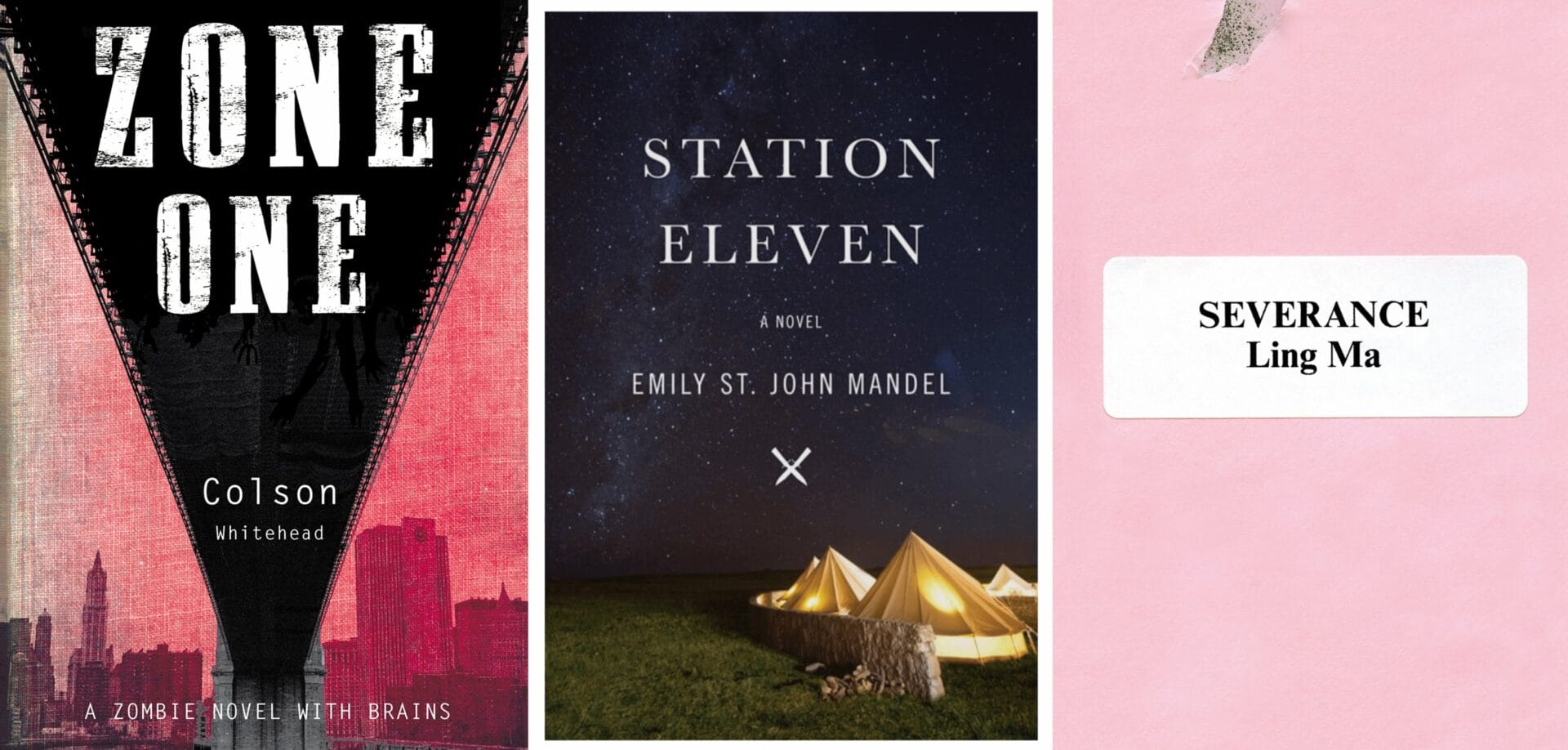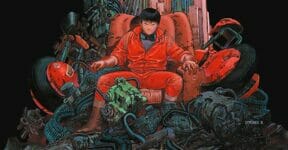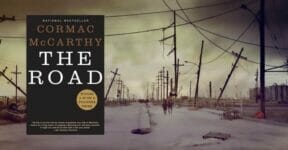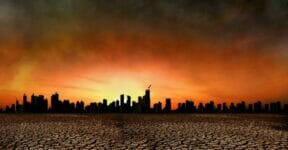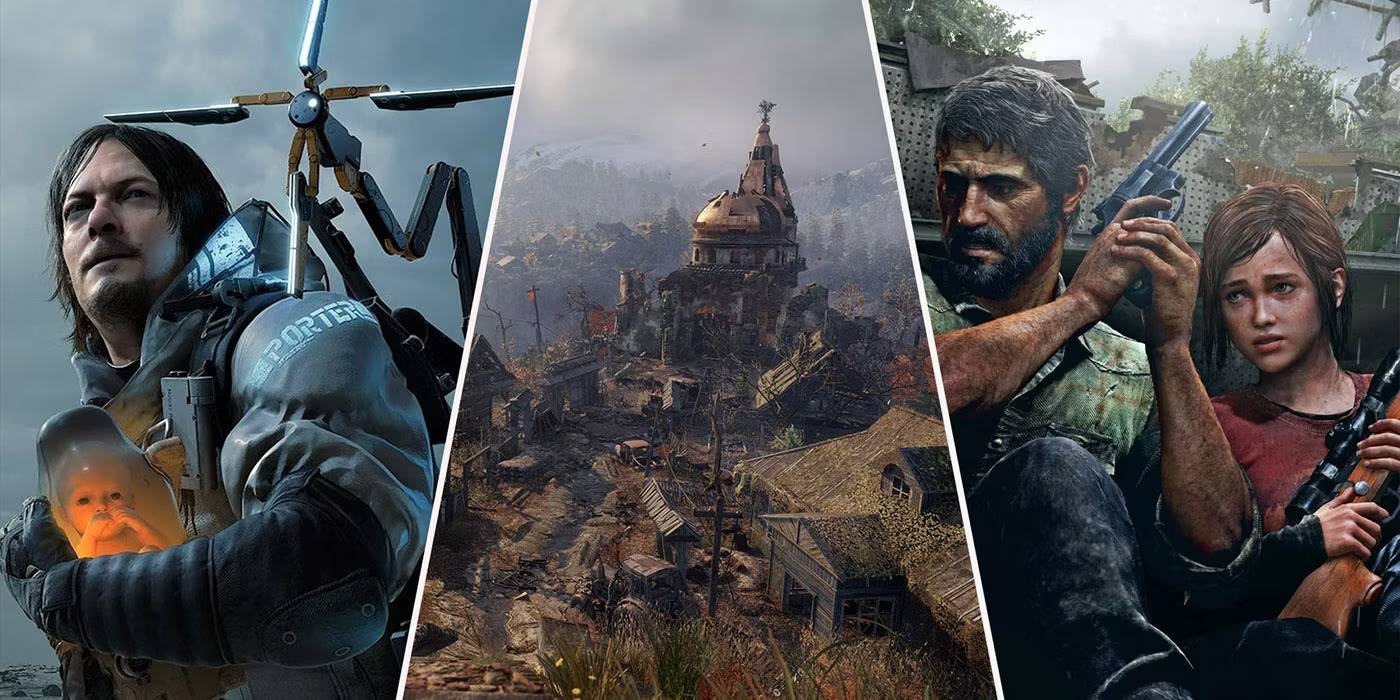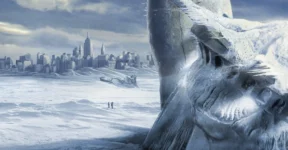Throughout human history, the concept of the end of the world has captivated our imagination. From ancient religious prophecies to contemporary climate change concerns, the notion of an apocalypse has been a recurring theme in literature. In recent years, several gripping books have tackled this topic in unique and thought-provoking ways. In this blog post, we’ll delve into some of the latest books that explore the end of the world, examining their themes, characters, and the warnings they offer about the future of our planet.
“The Road” by Cormac McCarthy
Cormac McCarthy’s “The Road” is a haunting and emotionally charged post-apocalyptic novel that offers a stark and unflinching portrayal of a world on the brink of collapse. The story follows a father and his young son as they journey through a desolate and dangerous landscape, struggling to survive. McCarthy’s prose is spare yet powerful, conveying the bleakness of a world stripped of its humanity. The novel raises profound questions about love, hope, and the lengths to which we will go to protect our loved ones in the face of impending doom.
“Station Eleven” by Emily St. John Mandel

In “Station Eleven,” Emily St. John Mandel weaves a lyrical and beautifully crafted narrative that explores the aftermath of a devastating flu pandemic. The story alternates between the pre-apocalyptic world of a famous actor and the post-apocalyptic world inhabited by a traveling theater troupe. Through the interconnected lives of its characters, the novel explores the enduring power of art, culture, and the human spirit in the face of catastrophe. “Station Eleven” reminds us that even in the darkest of times, there is hope to be found in the preservation of our shared culture and stories.
“The Water Will Come: Rising Seas, Sinking Cities, and the Remaking of the Civilized World” by Jeff Goodell
While not a work of fiction, Jeff Goodell’s “The Water Will Come” is a chilling and meticulously researched examination of a very real threat to our world: rising sea levels. Goodell takes readers on a journey to some of the most vulnerable coastal cities, where the effects of climate change are already being felt. The book delves into the complex science behind sea-level rise and its potentially catastrophic consequences for coastal communities, offering a stark warning about the urgent need for action to mitigate the impacts of climate change.
“Severance” by Ling Ma

Ling Ma’s “Severance” is a satirical and darkly humorous take on the apocalypse genre. The novel follows the life of Candace Chen, a millennial working in New York City when a mysterious fever sweeps the globe, turning people into mindless automatons. As society unravels, Candace finds herself drawn to a small group of survivors led by a charismatic and enigmatic figure. “Severance” explores themes of alienation, consumerism, and the search for meaning in a world that seems to be falling apart. Ma’s unique blend of satire and social commentary offers a fresh perspective on the end of the world as we know it.
“The Ministry for the Future” by Kim Stanley Robinson
Kim Stanley Robinson’s “The Ministry for the Future” is a sprawling and ambitious novel that envisions a near-future world grappling with the consequences of climate change. The story centers on the efforts of a newly formed international organization, the Ministry for the Future, to address the global climate crisis. Through a diverse cast of characters and a richly detailed narrative, Robinson explores the political, economic, and technological challenges of mitigating climate change and creating a sustainable future. “The Ministry for the Future” is a sobering yet ultimately hopeful look at the daunting task of saving our planet.
“The Stand” by Stephen King
Stephen King’s epic novel “The Stand” is a sprawling tale of a post-apocalyptic world devastated by a deadly flu-like virus. The story follows a diverse group of survivors drawn together, each with their own unique abilities and flaws. As they struggle to rebuild society, they also face the looming threat of a dark and charismatic figure who seeks to establish a new order. King’s masterful storytelling and character development make this a gripping exploration of the human spirit and the battle between good and evil in the face of an apocalypse.
“Parable of the Sower” by Octavia E. Butler
Octavia E. Butler’s “Parable of the Sower” is a dystopian novel set in a near-future America marked by societal collapse, environmental degradation, and economic turmoil. The protagonist, Lauren Olamina, creates a new belief system called “Earthseed” as a response to the surrounding chaos. This thought-provoking novel explores themes of resilience, faith, and the power of ideas to shape the future, even in the most dire circumstances.
“The Dog Stars” by Peter Heller
In “The Dog Stars,” Peter Heller presents a post-apocalyptic world ravaged by a flu pandemic and environmental collapse. The story follows Hig, a pilot, and his loyal dog as they navigate the desolation of the Colorado wilderness. The novel explores themes of isolation, loss, and the enduring human need for connection in a world stripped of civilization. Heller’s poetic prose and evocative storytelling create a vivid and moving portrayal of survival and hope.
“The Book of M” by Peng Shepherd
Peng Shepherd’s “The Book of M” is a unique and imaginative exploration of the end of the world through the loss of one’s memories. In a world where people’s shadows begin to disappear, taking with them their memories and identities, the novel follows the intertwined fates of two characters, Ory and Max. As they search for each other in a world transformed by the phenomenon known as “the Forgetting,” they confront questions of love, memory, and the essence of self.
“Good Morning, Midnight” by Lily Brooks-Dalton
“Good Morning, Midnight” by Lily Brooks-Dalton is an introspective novel that explores isolation and survival in the face of an unexplained global catastrophe. The story alternates between the perspectives of Augustine, a scientist in the Arctic, and Sully, an astronaut returning from a mission to Jupiter. As they grapple with the silence of a world plunged into darkness and chaos, they embark on personal journeys of self-discovery and redemption. The novel raises questions about the human condition and the meaning of existence in a world on the brink of extinction.
“The Passage” by Justin Cronin
Justin Cronin’s “The Passage” is the first in a trilogy that combines elements of science fiction and horror. It explores a post-apocalyptic world overrun by vampire-like creatures created by a government experiment gone awry. The story follows a group of survivors as they navigate a dangerous landscape and seek a way to save humanity.
“The Children of Men” by P. D. James
In P. D. James’ “The Children of Men,” the world is facing the ultimate end: the human race can no longer reproduce. Set in a dystopian future, the novel follows the journey of a disillusioned bureaucrat who becomes involved with a group of rebels seeking to protect the last known pregnant woman.
“Oryx and Crake” by Margaret Atwood
Margaret Atwood’s speculative fiction novel “Oryx and Crake” presents a world where genetic engineering has led to the near extinction of humans. The story follows the protagonist, Snowman, as he reflects on his past and the events that brought about the downfall of civilization.
“The Drowned World” by J. G. Ballard
J. G. Ballard’s “The Drowned World” envisions a future where climate change has caused the polar ice caps to melt, submerging cities and transforming the planet into a lush, tropical wilderness. The novel explores the psychological and physical changes in the survivors as they adapt to this new world.
“The Road to Nowhere” by Meg Elison
In “The Road to Nowhere,” Meg Elison explores a post-apocalyptic America where women’s rights have been stripped away, and a pandemic has decimated the male population. The story follows the journey of a transgender woman named Karen as she navigates this dangerous and gender-biased landscape.
“Zone One” by Colson Whitehead
Colson Whitehead’s “Zone One” is a literary take on the zombie apocalypse genre. Set in New York City, the novel follows a group of “sweepers” tasked with clearing the undead from the city. The story delves into themes of trauma, memory, and the human capacity to rebuild after catastrophe.
“The Dog Stars” by Peter Heller
In Peter Heller’s “The Dog Stars,” a flu pandemic has wiped out much of humanity, leaving the protagonist, Hig, and his dog as survivors. Hig’s pursuit of survival, hope, and human connection in a desolate world is at the heart of this gripping novel.
“The Power” by Naomi Alderman
Naomi Alderman’s “The Power” imagines a world where women develop the ability to generate electrical shocks, dramatically shifting the balance of power between the sexes. The novel explores the consequences of this newfound power and its impact on society.
“The Day of the Triffids” by John Wyndham
– “The Day of the Triffids” by John Wyndham is a classic science fiction novel that tells the story of a worldwide catastrophe caused by deadly, mobile plants known as triffids. It explores the breakdown of society and the struggle for survival in the face of this unusual threat.
Conclusion
The end of the world is a recurring theme in literature that continues to captivate readers and provoke important conversations about the challenges facing humanity. The books mentioned in this post, whether through fiction or non-fiction, offer unique and thought-provoking perspectives on the apocalypse. They remind us of the urgency of addressing real-world concerns such as climate change and pandemics while also highlighting the resilience and hope that can emerge in the face of adversity.
Other things you might want to know:
How do these additional books contribute to the diversity of the end-of-the-world genre?
– These books expand the genre’s diversity by introducing various apocalyptic scenarios, including genetic engineering, climate change, loss of fertility, and societal upheaval. They showcase the genre’s ability to explore a wide range of existential threats and their impact on humanity.
What unique themes or insights do these books offer compared to the previous selections?
– These books offer unique perspectives on themes such as gender dynamics, genetic manipulation, and the consequences of newfound power. They provide fresh insights into the human condition and the ways individuals and societies respond to extraordinary challenges.
How do these books highlight the enduring appeal and relevance of end-of-the-world narratives in literature?
– These books show that end-of-the-world narratives remain relevant because of their capacity to reflect and comment on contemporary issues, societal anxieties, and the potential consequences of human actions. They continue to captivate readers by exploring the extremes of human experience and resilience in the face of catastrophe.
Check out other articles by month:

